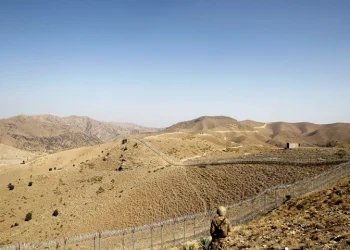The cash-strapped government has planned to increase its debt by a net Rs1.5 trillion over the course of three months (March to May 2023) in order to cover costs such as the rising interest on debt, financing loss-making State-Owned Enterprises (SOEs), and paying monthly salaries and pensions.
For the next three months, the government plans to borrow over Rs7 trillion from commercial banks. An enormous portion of the approximately Rs 5.5 trillion will be used to repay previous maturing debt.
“The government’s reliance on domestic debt is on the rise – especially to meet its growing budgeted-expenditure (fiscal deficit) after foreign financing dried up in wait of the International Monetary Fund (IMF)’s program being revived,” according to Tahir Abbas, Arif Habib Limited Head of Research, in The Express Tribune.
“Debt servicing (interest payment on debt) has become one of the single largest heads of government expenditures,” added Abbas. Global rating agency, Moody’s Investors Service said in late February that “Pakistan has very weak debt affordability (foreign debt in particular). Moody’s estimates that interest payments will increase to around 50% of government revenue in fiscal 2023.”
The government has increased debt by Rs7.2 trillion during the July 2022 to January 2023 period to an outstanding amount at Rs55 trillion at present.
The government intends to generate the money by selling Pakistan Investment Bonds (PIBs) and T-bills at public auction to commercial banks. In order to quickly get the expanding money needed, they had previously planned to directly borrow from commercial banks without engaging in a competitive bidding process for the sovereign debt instruments. Yet the government was unable to do so because of the IMF’s $6.5 billion lending package.


































